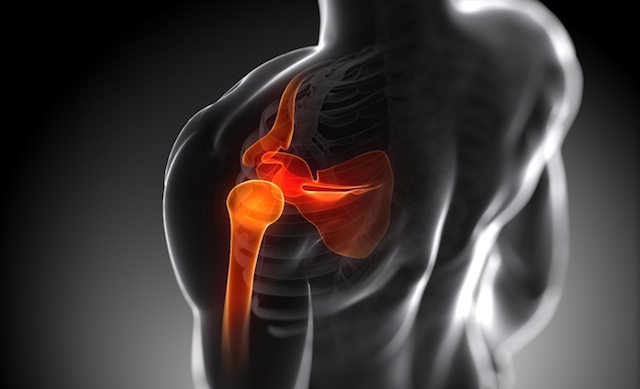
Sports injuries can range from the very minor to the major. Yet many people aren’t getting the proper care they need. According to the Journal Sentinel, increasing numbers of people are getting injured at a rate outstripping the number of new people exercising. What’s more, very serious injuries, like ACL ruptures, are becoming more commonplace across the USA. Every athlete must take the correct precautions to ensure that they avoid injury while working out. However, when injury does strike, it pays to know how therapy can help, and what sort of therapy to undertake. New studies have shed a little more light on how to make that decision.
Increasing injury types
The impact of greater levels of time spent behind a desk are impacting the types of injuries athletes are experiencing. According to a study in the Orthopaedic Journal of Sports Medicine, research conducted on data from athletes based in Texas found a higher incidence rate of hand and wrist injury, both in frequency and severity, and that therapy must be tailored to this approach. This points towards a more precise level of sports therapy needed, indeed for those Texas athletes looking for Austin sports therapy as much as anywhere else. Addressing these new forms of injury, often different from the focus on leg and lower torso injuries that occurred more commonly in the past, is the focus of holistic sports rehabilitation.
A need for wider considerations
This new view is the focus of a Frontiers focus on injury and rehabilitation. In their analysis, they note how modern injuries are complicated and often impacted by the lifestyle and habits of athletes outside of the training track and field. Often more sedentary, either through the need to stay at home due to lockdown, or modern comforts, the risk of injury elsewhere in the body is often heightened. And classic therapeutic treatments rendered ineffective. This new approach, of looking at the entire body when rectifying injury, is helping to improve recovery. And proving complementary to new surgical treatments.
Transforming ACL injuries
ACL injuries are becoming all too common in athletics. According to The Undefeated, new advancements in surgical procedures could cut recovery time in half. This brings much needed respite to athletes diagnosed with what can be a life-changing ACL tear. The science, pioneered by Dr Martha Murray, used hamstring tendons to help rebuild the ACL. According to The Undefeated, that allowed the ACL to regrow naturally and bring it back stronger, in half the time of normal surgeries. This procedure has become commonplace in the industry now. If you can pay for it, of course. But new advancements on this clever new bit of tech have further reformed the chances of normal athletic activity.
Of course, science relies on the conditions of the athlete at the time of study. As lifestyles change, so do the factors surrounding recovery. As athletes continue to alter how they live in their personal time around sports action, approaches will continue to change to suit.

















Follow Us